Food Safety on Full Circle’s Farms
Food safety seems to be on everyone’s mind these days. Full Circle has a deep-seated commitment to grow and pack produce to meet the highest standards of quality and cleanliness at every stage of production. Our home farms have been certified by the USDA in Good Agricultural Practices and Good Handling Practices since 2011, when we formalized our farm food safety program.
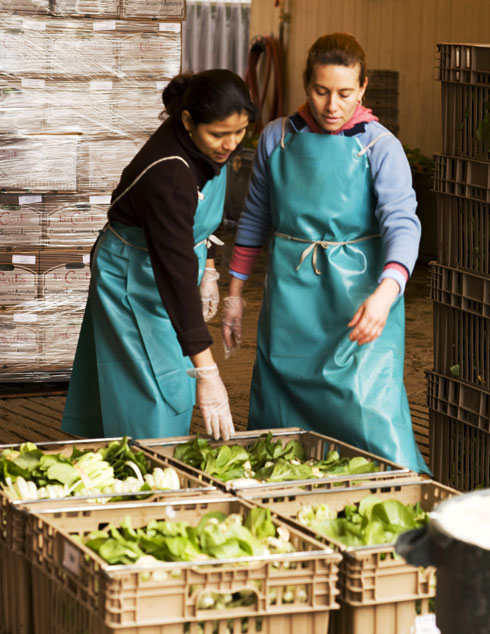
The USDA provides a set of guidelines and standards for growers to use in writing a food safety plan customized to their operation. Different types and sizes of operations become compliant by assessing risk in several prescribed areas; among these are soil and water, soil amendments, equipment maintenance, harvest and packing procedures, employee health and hygiene, packaging materials, cold storage and product traceability.
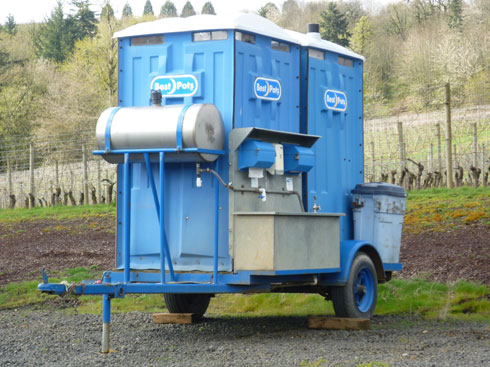
Certified organic growers may find the implementation of a food safety program somewhat familiar because some of the assessments and records necessary for USDA GAP/GHP certification are also required by the National Organic Program. Food safety adds a new dimension to areas we are already in the habit of monitoring, and the audit process is similar.
Still, it’s quite a job to examine every step of the way for, say, a case of lettuce to make its way from a bag of seed delivered to the barn to a finished case delivered to a customer. Multiply that by the 60 crops we grow: the more diverse the growing and packing systems, the more complicated the program and documentation.
Any food safety expert will tell you that it’s not possible to eliminate risk in fresh produce; vegetables are grown outside in the dirt, after all. The idea is to take every step possible to minimize those risks. While National Organic Program certification requires efforts to encourage and sustain biodiversity, the presence of birds and mammals does pose a food safety risk.

In this case, a food safety plan states measures taken to monitor and discourage animal presence in production areas, and should animal presence be detected, measures are taken, including buffering the area with flags or other means so that harvest and foot traffic does not occur. Records are kept of incidents and corrective actions taken. Incidents will occur, and auditors want to ascertain that we are consistently and correctly responding to them.
Compliance is assessed through periodic audits by regional inspectors who evaluate the manual we’ve written, observe our practices in the fields and packing shed, and review the records we’ve kept. We pass if it is determined that the policies and procedures we have set forth are sufficient and that we are following them. Audit day can be a a long one – the inspectors are very thorough. We have a commitment to continuous improvement, too; this year we have redesigned our packing shed to improve the proper flow of produce from field to finished product, and intensified our training program to go above and beyond what the GAP/GHP program requires.
As the season begins, the next training sessions are being scheduled for returning workers and for new employees, many of whom have been trained on other farms but are not familiar with the particulars of our diversified operation. Our next audit is coming up soon, but it’s not about a passing score: we are building the foundations of a food safety culture, in which every employee is trained and invested in these good practices for the health and safety of all.
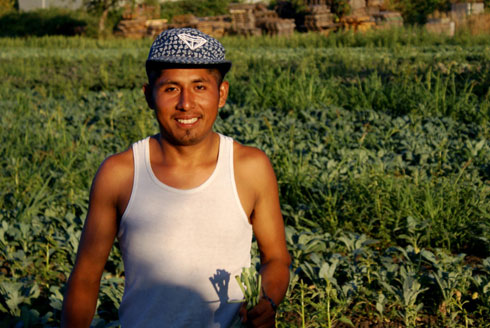
Have other questions about what it takes to run an organic certified farm? Leave your questions in the comments below!
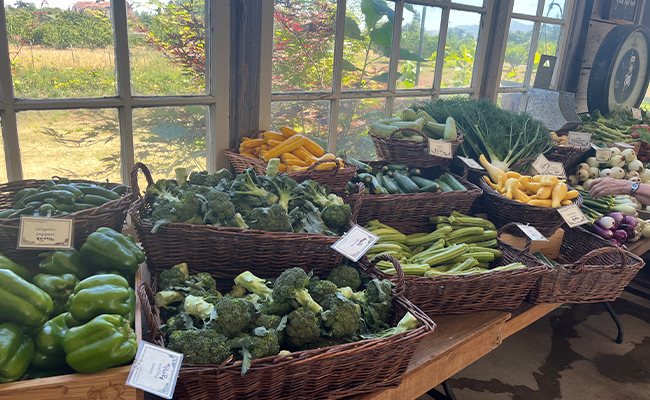
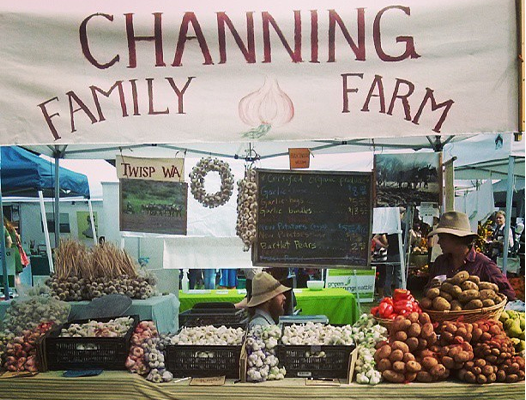
Leave a Reply